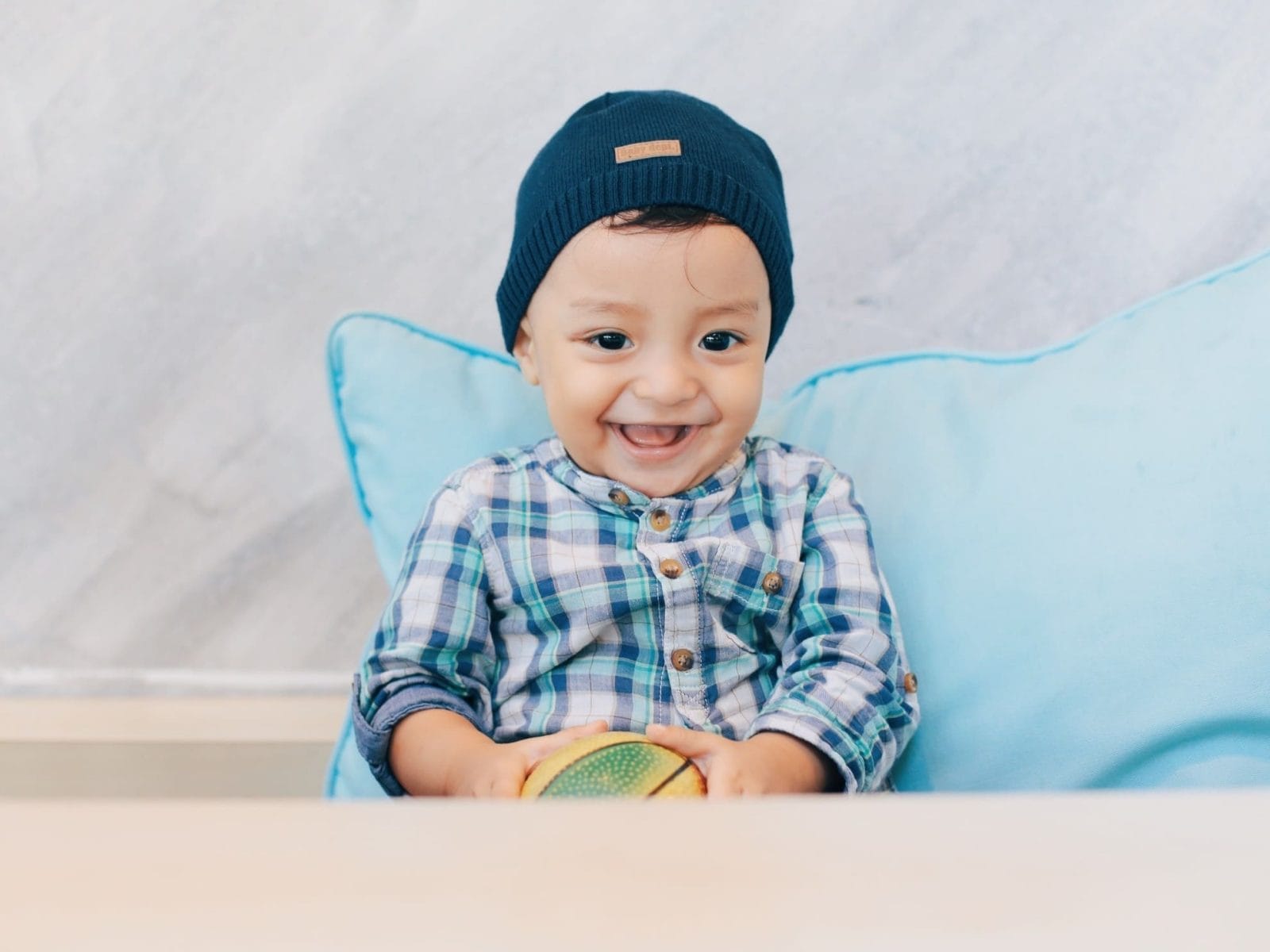Toddler tantrums are pleas for control: How to help your child feel heard—not rewarded

This may mean learning to just say no—to yourself.
Table of Contents
- 1. Since most tantrums happen when kids are hungry or tired, think ahead
- 2. Make sure your child has a full reservoir of your love and attention
- 3. Try to handle tantrums so they don’t escalate
- 4. Sidestep power struggles
- 5. When your child gets angry, remember that all anger is a defense against more uncomfortable feelings
- 6. Create safety
- After the tantrum:
Tantrums are normal for toddlers—even legendary. Toddlers feel so passionately about everything, and they simply don’t have enough frontal cortex capacity yet to control themselves when they’re upset.
That said, you’ll be glad to know that many tantrums are avoidable.
Since many tantrums are results of feeling powerless, toddlers who feel they have some control over their lives have many fewer tantrums. And since toddlers who are tired and hungry don’t have the inner resources to handle frustration, managing your toddler’s life so he isn’t asked to cope when he’s hungry or tired will reduce tantrums. An ounce of prevention really is worth a pound of cure.
Here’s how to tame those toddler tantrums:
1. Since most tantrums happen when kids are hungry or tired, think ahead
Preemptive feeding and napping, firm bedtimes, enforced rests, cozy times, peaceful quiet time without media stimulation—whatever it takes—prevent most tantrums, and reground kids who are getting whiny. This may mean learning to just say no—to yourself! Don’t squeeze in that last errand. Don’t drag a hungry or tired kid to the store. Make do or do it tomorrow.
“I guess we can’t do a big shop today. We’ll just get the milk and bread and go home. And here’s a cheese stick to eat while we wait in line.”
2. Make sure your child has a full reservoir of your love and attention
Kids who feel needy are more likely to tantrum. If you’ve been separated all day, make sure you reconnect before you try to shop for dinner.
3. Try to handle tantrums so they don’t escalate
It’s amazing how acknowledging your child’s anger can stop a brewing tantrum in its tracks. Before you set a limit, acknowledge what he wants.
“You wish you could have more juice, you love that juice, right?”
(Look, he’s already nodding yes!) Then set the limit:
“You need to eat some eggs, too. We’ll have more juice later.”
(As you move his cup out of sight.) If he responds with anger, acknowledge it:
“That makes you so mad. You really want the juice.”
Keep the number of words you use pared down:
“You are so mad! No hitting.”
4. Sidestep power struggles
You don’t have to prove you’re right. Your child is trying to assert that he is a real person, with some real power in the world. That’s totally appropriate. Let him say no whenever you can do so without compromise to safety, health or other peoples’ rights.
5. When your child gets angry, remember that all anger is a defense against more uncomfortable feelings
If you can get him to go back to those underlying feelings—such as vulnerability, fear, hurt or grief—his anger will dissipate.
“You wish we could stay at the playground… You’re sad and mad that we have to go.”
6. Create safety
Usually at this point your child will cry. If he’ll let you hold him, do so. If he won’t, stay close, even if he won’t let you touch him. He needs to know you’re there, and still love him. Be calm and reassuring. Don’t try to reason with him. Your goal is just to create safety, so he can let all those feelings come up. Once he gets a chance to show you his sad feelings, he’ll feel, and act, a lot better.
Think about what you feel like when you’re swept with exhaustion, rage and hopelessness. If you do lose it, you want someone else there holding things together, reassuring you and helping you get yourself under control—but only after you’ve had a good cry.
After the tantrum:
First, take some “cozy time” together to reconnect and reassure. (No, you’re not “rewarding” the tantrum. She needed this connection with you or she wouldn’t have had the tantrum to begin with! And of course, make sure that your child gets enough “cozy time” with you that she doesn’t have to tantrum to get it.)
Second, tell the story of what happened, so that your child can understand and reflect, which builds the pre-frontal cortex: “You were having such a good time playing at the playground… You didn’t want to go home. When I said it was time to go, you were sad and mad… You yelled NO and hit me… I said, ‘No hitting,’ and you cried and cried. I stayed right here and when you were ready we had a big, big hug. Now you feel better.”
You’ve got this—and soon your little one will, too.





































